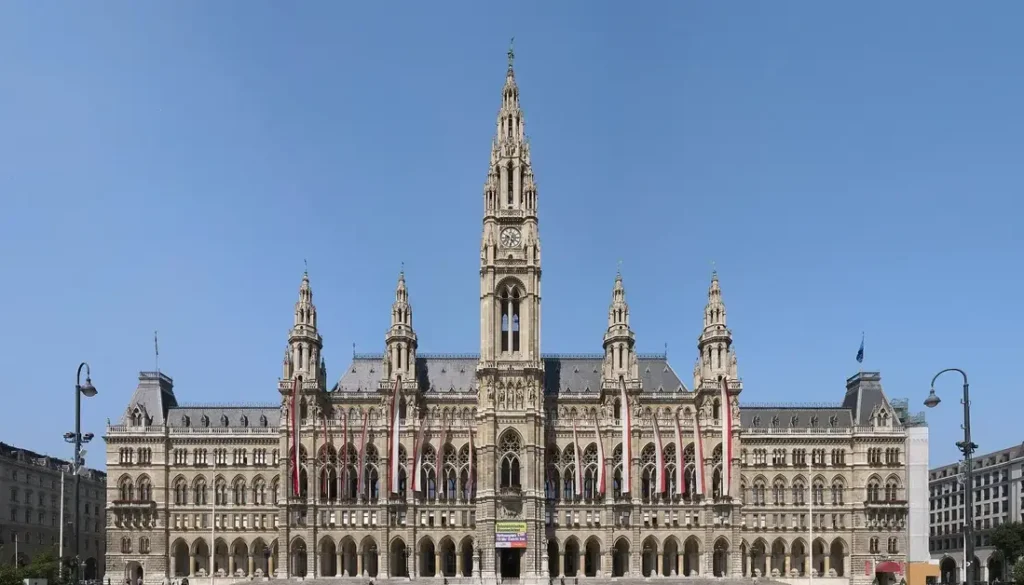Manneken Pis – Brussels City Hall – Jeanneke Pis
Brussels – Belgium
Manneken Pis
尿尿小童 Brussels – Belgium
The famous Manneken-Pis remains the emblem of the rebellious spirit of the City of Brussels. His wardrobe counts more than 900 suits.
Brussels City Hall
布魯塞爾市政廳
Of all of the town halls in the country, the City of Brussels town hall is undoubtedly one of the most majestic! This Gothic building, built in the 15th century, is enhanced by its setting on the Grand-Place, often described as the most beautiful square in the world… Admire the accuracy of its proportions, the countless sculptures that adorn its facades and the incomparable brilliance of its tower, whose spire supports the archangel Saint Michael, the city’s protector. This City of Brussels laid the first stone of the sumptuous building back in 1401. In 1695, during the bombardment of the city by Louis XIV’s troops, the town hall was burned down, but the walls and the tower remained standing. Its reception rooms and aldermen’s chambers contain beautiful Brussels tapestries from the 16th, 17th and 18th centuries, sumptuous Gothic woodwork, coats of arms of the old guilds and paintings from the City of Brussels museum’s collections.
Jeanneke Pis
珍妮克皮斯
Well hidden in the Impasse de la Fidelité, the bronze statue shines brightly in the sun. This is where the girl known to the locals as „Jeanneke“ lives, behind bars in a small dead-end street near the Rue des Bouchers. In the old Brussels dialect („Brusseleir“), Jeanneke means „little girl“. It is thanks to an idea by the sculptor Denis-Adrien Debouvrie that the urinating girl has been in Brussels ever since. There is no historical background, but it is said that the sculptor created the figure face to face with the Delirium Café with the aim of restoring equality between boys and girls. Other rumors say that the idea behind the statue goes back to the owners of this café. The figure was created to attract even more visitors to the establishment. As the saying goes, there is a grain of truth behind every story. It is therefore likely that several motives played a role in the creation of the statue.




